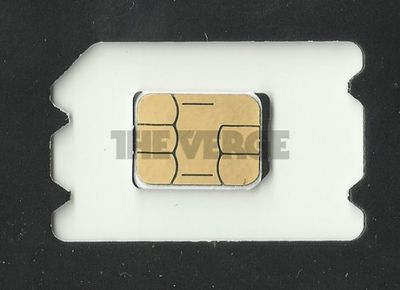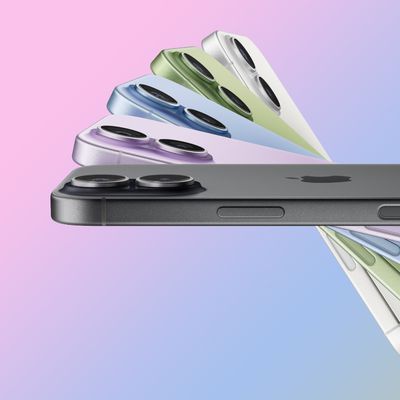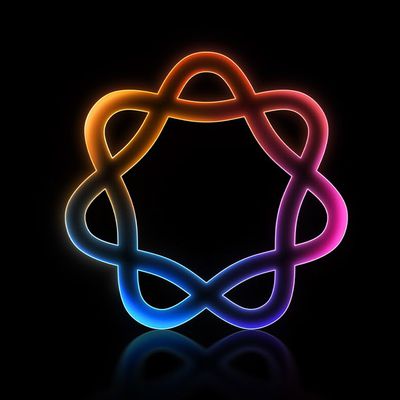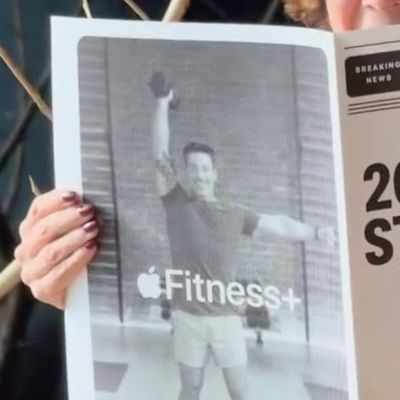New Nano-SIM Standard Approved, 40% Smaller Than Micro-SIM
As noted by The Verge, the European Telecommunications Institute (ETSI) today announced it has adopted a standardized design for the next-generation "nano-SIM". The new design is 40% smaller than the current micro-SIM standard.
Today's SIM card designs take up a significant amount of space inside a mobile device. This space is more and more valuable in today's handsets which deliver an ever increasing number of features.
The fourth form factor (4FF) card will be 40% smaller than the current smallest SIM card design, at 12.3mm wide by 8.8mm high, and 0.67mm thick. It can be packaged and distributed in a way that is backwards compatible with existing SIM card designs. The new design will offer the same functionality as all current SIM cards.
The design selection was heavily contested, with a proposal from Apple being opposed by a number of other mobile phone manufacturers despite Apple having the support of many European carriers. As the selection process continued, Apple slightly tweaked its design while the opposing carriers made changes to their own proposal that brought their design much closer to Apple's.
 Prototype of Apple's proposed nano-SIM design inside outline of a mini-SIM card (Source: The Verge)
Prototype of Apple's proposed nano-SIM design inside outline of a mini-SIM card (Source: The Verge) notes that by the time final selection was made the only difference in external design between the two proposals was a notch included in the side of the card proposed by the coalition of manufacturers opposing Apple. And with the ETSI yet to publish any other details on the approved design beyond overall measurements, it is not yet clear which design won out.
Unfortunately, both Apple's design and the more recent Motorola / RIM compromise design are exactly the same exterior dimensions — the only difference is that the update submitted by Apple's competitors includes an extra notch to enable so-called "push-push" mechanisms in SIM slots that wouldn't necessitate a tray. Until ETSI publishes the specs, we won't know which of the two was chosen.
The ETSI specifically refused to comment on which group's design was chosen, noting only that a collective decision by the industry yielded the final standard.
Update: IDG News Service reports that Apple's design was indeed the winning standard.
Apple has won a battle over the standard for a smaller SIM card, use of which would leave more room for other components in future phone designs. [...]
ETSI isn’t releasing any further details of the vote or the winning specification, only saying that the decision had been made, according to a spokesman at the standards organization. The proposer of the winning specification was identified by card maker Giesecke & Devrient, which had a representative on the committee.
Popular Stories
Apple is not expected to release a standard iPhone 18 model this year, according to a growing number of reports that suggest the company is planning a significant change to its long-standing annual iPhone launch cycle.
Despite the immense success of the iPhone 17 in 2025, the iPhone 18 is not expected to arrive until the spring of 2027, leaving the iPhone 17 in the lineup as the latest...
Apple's restrained artificial intelligence strategy may pay off in 2026 amid the arrival of a revamped Siri and concerns around the AI market "bubble" bursting, The Information argues.
The speculative report notes that Apple has taken a restrained approach with AI innovations compared with peers such as OpenAI, Google, and Meta, which are investing hundreds of billions of dollars in data...
The Apple Fitness+ Instagram account today teased that the service has "big plans" for 2026. In a video, several Apple Fitness+ trainers are shown holding up newspapers with headlines related to Apple Fitness+.
What's Apple Fitness+ Planning for the New Year?
Something Big is Coming to Apple Fitness+
The Countdown Begins. Apple Fitness+ 2026 is Almost Here
2026 Plans Still Under ...
iPhone 17 Pro and Pro Max owners are having trouble with the speakers of their devices, and have complained about a static or hissing noise that occurs when the iPhone is charging.
There are multiple discussions about the issue on Reddit, the MacRumors forums, and Apple's Support Community, where affected users say there is a noticeable static noise "like an old radio." Some people report...
Apple is rumored to be introducing a foldable iPhone in September 2026, and since it will bring the biggest form factor change since the iPhone was introduced in 2007, curiosity about the design is high. A 3D designer created an iPhone Fold design based on rumors, and we printed it out to see how it compares to Apple's current iPhones.
Subscribe to the MacRumors YouTube channel for more ...
Apple hasn't updated the Apple TV 4K since 2022, and 2025 was supposed to be the year that we got a refresh. There were rumors suggesting Apple would release the new Apple TV before the end of 2025, but it looks like that's not going to happen now.
Subscribe to the MacRumors YouTube channel for more videos.
Bloomberg's Mark Gurman said several times across 2024 and 2025 that Apple would...
Apple hasn't updated the Mac Pro since 2023, and according to recent rumors, there's no update coming in the near future. In fact, Apple might be finished with the Mac Pro.
Bloomberg recently said that the Mac Pro is "on the back burner" and has been "largely written off" by Apple. Apple apparently views the more compact Mac Studio as the ideal high-end pro-level desktop, and it has almost...
Apple today added the final 13-inch MacBook Air powered by Intel processors, the Apple Watch Series 5, and additional products to its vintage products list. The iPhone 11 Pro was also added to the list after the iPhone 11 Pro Max was added back in September.
The full list of products added to Apple's vintage and obsolete list today:
MacBook Air (Retina, 13-inch, 2020)
iPhone 8 Plus 128GB ...
























